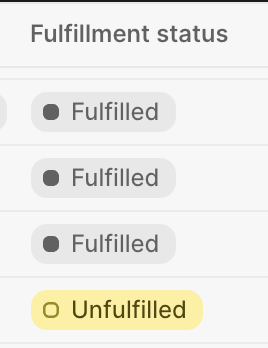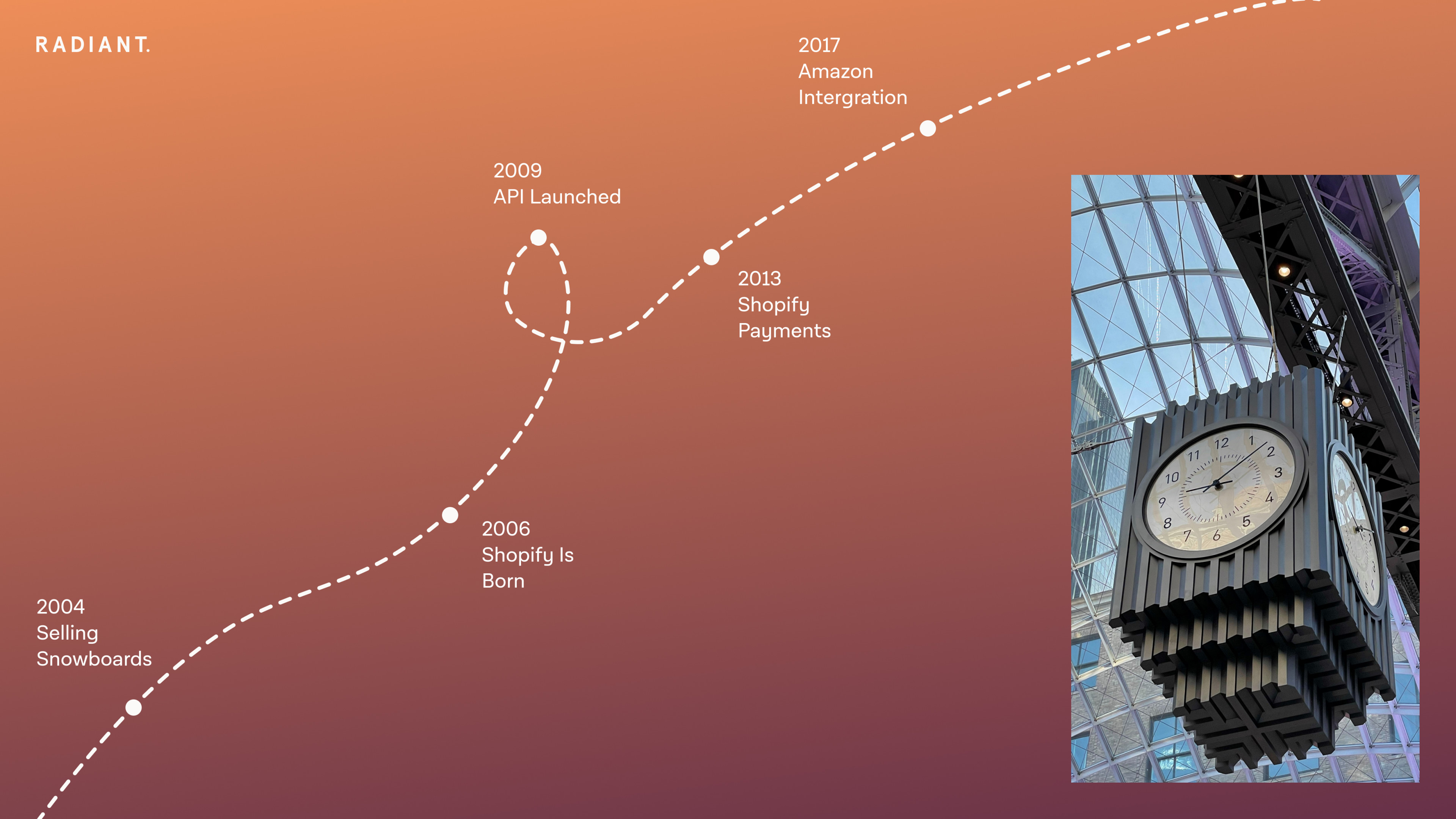In this guide, we've gathered answers to some of the questions we hear most often. This friendly companion will help you navigate the twists and turns of e-commerce without feeling lost in the jargon.
And if you ever want to chat about your e-commerce journey, we're here for you. Our e-commerce consultancy is just a message away. But let's take it one step at a time – a good starting point is demystifying some common Shopify terms that might've left you scratching your head.
Understanding these basics puts you on solid ground for managing your online store with confidence.
What Does "Upload Theme" Mean on Shopify?
"Upload Theme" in Shopify means adding a new theme to your online store by uploading its files. Themes determine the layout and design of your store.
What Does "Throttled" Mean on Shopify?
"Throttled" on Shopify refers to a limitation imposed on API requests. It indicates that the number of requests from a particular source has exceeded the allowed limit.
What Does "Compare at Price" Mean on Shopify?
"Compare at Price" on Shopify is the original or higher price of a product, providing a reference for customers to see the potential savings when purchasing at the current listed price.
What Does "Unfulfilled" Mean in Shopify?

"Unfulfilled" in Shopify means that an order has been received, but the items haven't been shipped or marked as fulfilled yet.
What Does "Tags" Mean on Shopify?
"Tags" on Shopify are labels or keywords assigned to products to organise and classify them. Tags help in sorting and filtering products for easier management, but unlike with some other platforms, they don’t affect your SEO.
What Does "SKU" Mean on Shopify?

"SKU" on Shopify stands for Stock Keeping Unit, a unique identifier assigned to each product variant to track inventory and manage stock. You can use it or leave it empty.
What Does "SSL Pending" Mean on Shopify?
"SSL Pending" on Shopify indicates that the Secure Sockets Layer certificate for the online store is being processed or configured. SSL ensures a secure connection for transactions. “SSL pending” often results from domain propagation, a process taking up to 72 hours to update globally, though usually much quicker. DNS settings issues, such as multiple A records can also be the cause of it.
What Does "Request Fulfillment" Mean on Shopify?
"Request Fulfillment" button on Shopify triggers the process of asking a third-party service to fulfill an order, typically in dropshipping scenarios. Depending on the service, the triggered process for order fulfillment may vary.
What Does "Fulfillment in Progress" Mean on Shopify?
"Fulfillment in Progress" on Shopify indicates that the process of packing and shipping items for an order is currently underway.
What Does "Fulfill Item" Mean on Shopify?
"Fulfill Item" on Shopify means marking a specific product within an order as processed and shipped
What Does "Powered by Shopify" Mean?
"Powered by Shopify" is a tagline displayed on the footer of some Shopify stores, indicating that the store is built using Shopify's e-commerce platform. It can be easily removed if required.
What Does "Payout Status Pending" Mean on Shopify?
"Payout Status Pending" on Shopify signifies that the funds from a sale are in the process of being transferred to the store owner's bank account.
What Does "Payout in Transit" Mean on Shopify?
"Payout in Transit" on Shopify means that the funds from a sale are on their way to the store owner's bank account. This status is part of the Shopify Payments Payout process, where pending transactions are sales that have been made but are awaiting transfer to the bank account.
What Does "Cost Per Item" Mean on Shopify?

"Cost Per Item" on Shopify is the expense associated with producing or purchasing each unit of a product, excluding additional costs, such as shipping. It is a field invisible to customers. It helps with profit reports and pricing your products.
What Does "Capture Payment" Mean on Shopify?
"Capture Payment" on Shopify is the action of collecting funds from a customer's payment method after an order is placed. It usually refers to payment that you trigger manually.
What Does "Collect Payment" Mean on Shopify?
"Collect Payment" on Shopify refers to the process of obtaining funds from a customer for a placed order. Usually you have options of sending an invoice, marking order as paid or paying by a credit card.
What Does "Archive Order" Mean on Shopify?
"Archive Order" on Shopify is the action of storing an order's information without deleting it. Archived orders are typically completed or no longer active. Archiving the order is perfect if you want your order out of the way, but not removed completely.
What Does "Fulfilled" Mean?
"Fulfilled" on Shopify means that the order has been processed, and the items have been shipped to the customer.
What Does "Vendor" Mean in Shopify?
"Vendor" in Shopify refers to the brand, manufacturer, supplier, or source of a product. It helps in tracking and managing inventory from different sources.
What Is "Favicon Image" on Shopify?
"Favicon Image" on Shopify is a small icon displayed in the browser tab, representing the online store. It enhances brand visibility.
![]()
What Is "Draft Order" in Shopify?
"Draft Order" in Shopify is a manually created order by the store owner that hasn't been completed yet. It's useful for custom or offline transactions.
What Is "Buy Button" on Shopify?
"Buy Button" on Shopify is a feature that allows you to embed a button or widget on external websites or blogs, enabling customers to purchase products directly without having a store built on Shopify.
What is a “Metafield” on Shopify?

A metafield is a customisable data field that allows you to store additional information for your products, variants, collections, customers, orders, and other objects in your store. Metafields can be useful for adding specific information, such as dimensions, specifications, or custom tags, to better suit the unique needs of your store.
What Is a "Dynamic Source" on Shopify?
A "Dynamic Source" on Shopify links metafield data to templates and sections and it refers to a variable or changing data input used in different aspects of the platform, like pricing or inventory. When incorporated into the theme editor, they automatically showcase metafield content for specific products and pages using the same template.
What Is "Compare at Price"?

"Compare at Price" on Shopify is the original or higher price of a product, as opposed to the “Sale price” providing a reference for customers to see the potential savings when purchasing at the current listed price.
What Are "Shopify Collabs"?
"Shopify Collabs" is an influencer marketing platform that connects brands with influencers, allowing shops to promote their products through influencer collaborations.
What Is "Shopify Mega Menu"?
"Shopify Mega Menu" or just mega menu is a type of navigation menu that displays a large, multi-column dropdown with extensive navigation options, typically used for larger online stores with many categories.


